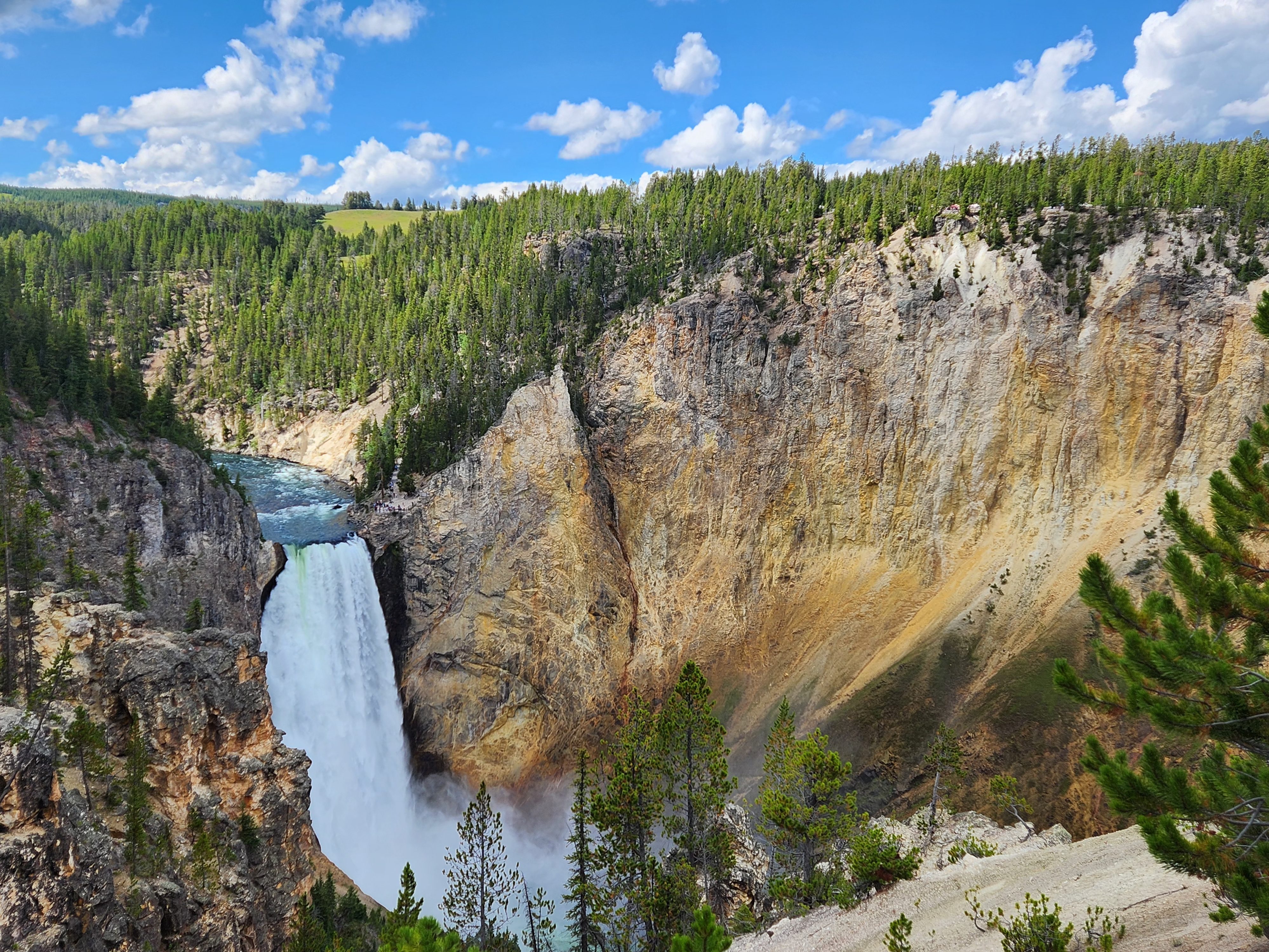Travelling to Palmetto State Park one passes through Luling Texas where there are oil wells pumping everywhere. Edgar Davis hit oil in 1922 and discovered the Luling field which still produces today. Why is there oil in central Texas? Why only in this one small area? When you get to Palmetto State Park it doesn’t seem so odd.

Palmetto State Park is full of Dwarf Palmettos, the same ones you find near the ocean in warmer climes, the same ones that when decayed help create…….. you guessed it Oil! And this place is Loaded with them.
When I arrived at this park I found that it was another of those unique places developed by the CCC although this one wasn’t so extensive as Mother Neff or Bastrop. It was built by Company 873 and Company 886 of the Civilian Conservation Corps from 1934 to 1937.


The trails here are coastal area flat. And my oh my the Palmetto!

Although known as the Ottine Swamp, there was no water. The raised boardwalk, (The one I don’t have a picture of), did suggest that this is not always the case.

Also here, and which I didn’t find were extinct mud boils, which stopped boiling in the 1970’s! Mud Boils are volcanic in nature and can be 3 to 30 feet high.

The trail then skirted the San Marcos River where I found a lot of Spanish Moss.

All of this made no sense to me being in central Texas. What’s this sea-side type vegetation doing here? And in such abundance? Why so much oil? The Luling field produced 5.5 million barrels of oil from 1924 through 1970 and still produces today. This is the best I could find. Texas was once under the Gulf of Mexico all the way to the Balcones Fault. Oil is produced by the decay of organic matter and the movement of tectonic plates which is what caused the uplift of the region from beneath the sea. Eons of deposits were covered over and over and underwater. One of the main ingredients of the oil and gas forming process in decaying organic material is the lack of oxygen. This material being consistently buried and underwater formed the oil as the oxygen supply was cut off. That’s a simple explanation although it is way more detailed and too much to write here.
I still don’t know why so many Palmettos and so much Spanish Moss grows in the area, but it looked like I was back at Goose Creek on the Pamlico Sound in North Carolina.
The CCC also constructed a low water crossing across the San Marcos River.

After travelling over this small park’s 3.5 miles of trails I decided to cross on the low water crossing and pass through the campground to the Oxbow Lake trail. This added a mile and a half to my hike.

The Oxbow Lake was originally formed during flooding of the San Marcos but today is completely detached from the river and is spring fed.

I then went to see the last remaining picnic site built during the 30’s.
There is so much to find out about this area. Why is there oil here? How/why does this vegetation grow here. I have seen neither anywhere else in central Texas.
As for the oil…..
I looked up a map of Texas oil fields. Luling and Palmetto State Park lie just south of the Balcones Escarpment. On the Texas oilfield map, there are several oil fields perpendicular with the coast and the Escarpment. Now, knowing that the Escarpment is roughly where the coastline once was and that the uplifting of the area raised it from the sea it all makes sense. Oil can be found in many places southeast of the Escarpment.
I find nothing of why the coastal type of vegetation has been able to flourish here.

